Anglo-Saxon teenage girl had her nose and lips cut off and may have been scalped in a gruesome act of punishment, skull unearthed in Hampshire reveals
By Ian RandallDaily Mail
01 Oct 2020
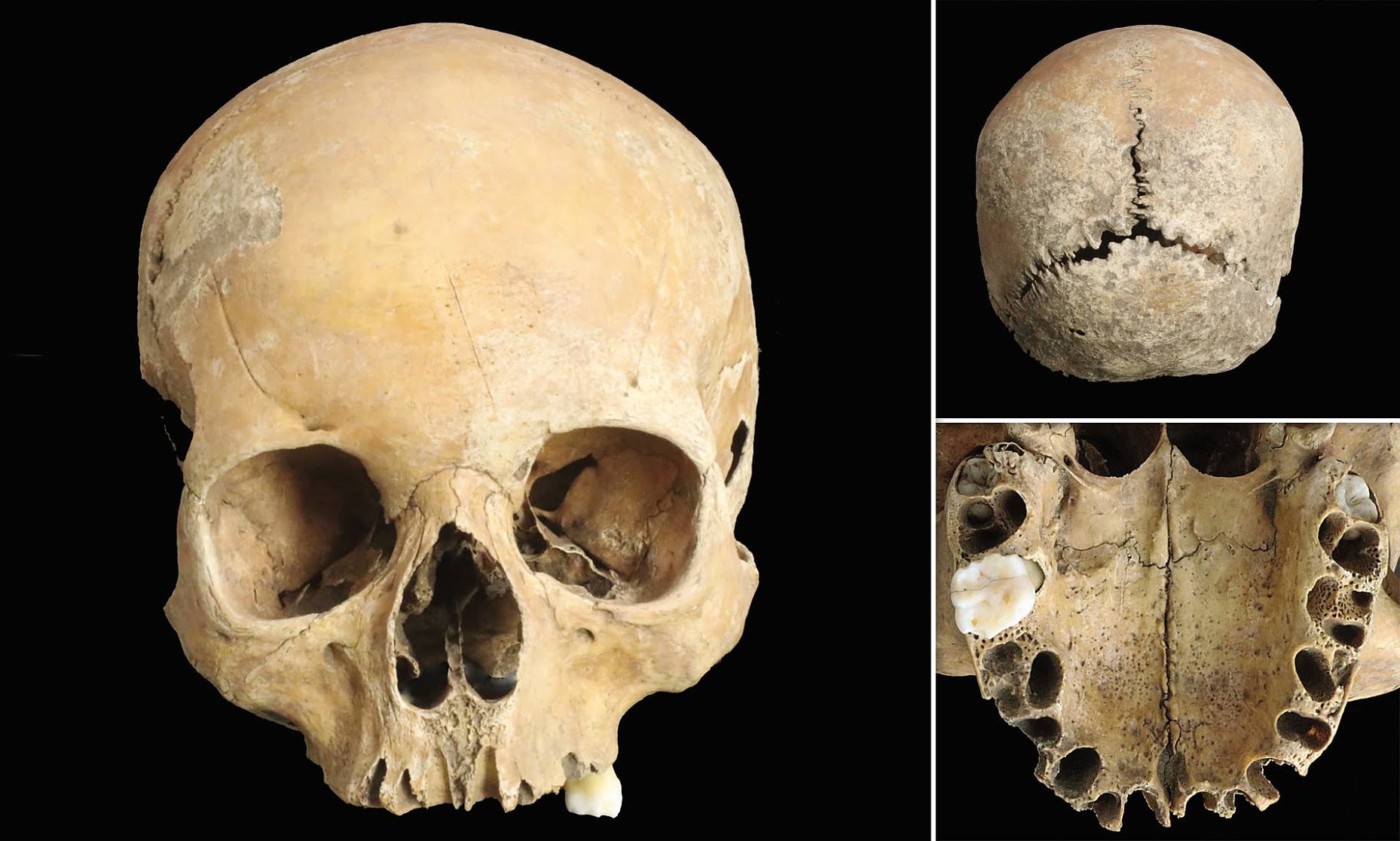
An Anglo-Saxon teenage girl appears to have had her nose and lips cut off — and possibly her head scalped as well — analysis of an old skull has revealed.
Unearthed in Oakridge, Hampshire, the remains have been radiocarbon dated to 776–899 AD — predating written accounts of this gruesome form of punishment.
Although it is not known exactly why the poor young woman was subject to the horrific facial mutilation, it was once routinely meted out to female offenders.
The disfigurement was given to adulteresses, slaves who stole and criminals guilty of more severe acts, the researchers reported.
British experts who studied the skull — which was dug up in the 1960s — said that it belonged to a 15–18 year old, who likely died directly from her injuries.
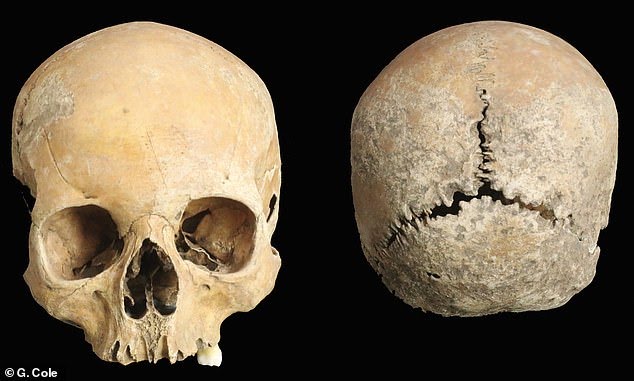
'This case appears to be the first archaeological example of this particularly brutal form of facial disfigurement known from Anglo-Saxon England,' the team — led by archaeologist Garrard Cole of University College London — wrote in their paper.
The skull was recovered by archaeologists who excavated the Oakridge site prior to the development of a housing estate. It is unclear if it was preserved along with a skeleton — the skull was found by accident in the dig's spoil heap.
According to the team, who have comprehensively analysed the specimen for the first time, the wounds inflicted on the skull show no signs that the woman healed from her punishment — suggesting that she likely died shortly afterwards.
These marks included evidence of a cut across the nose that was so deep it had sliced into the surrounding bone, similar signs of a cut across her mouth — and a wound consistent with either an attempted scalping or aggressive hair removal.
Isotopic analysis of the skull — which can shine a light on a person's sources of food and water — indicated that the teenager was unlikely to have been local to Oakridge.
Excavations at Oakridge have also yielded the remains of a Romano-British burial, a well and traces of an Iron Age settlement.
However, the researchers said, there is no evidence to suggest the dig site where the skull was found ever formed part of a 'normal' Anglo-Saxon community burial site.
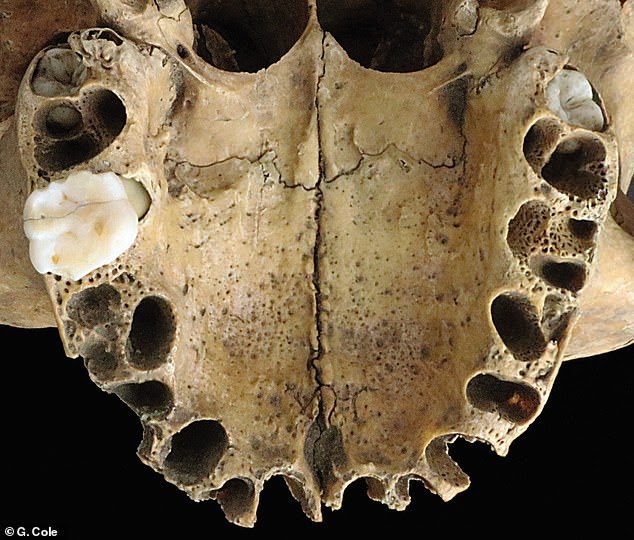

According to historical records, isolated burials in this period were often associated with the socially outcast — who would have been excluded from the local cemetery.
The woman's ultimate placement may have formed part of the punishment doled out for her crimes, the team explained — as some law codes encouraged the use of banishment in addition to facial mutilation.
The full findings of the study were published in the journal Antiquity.
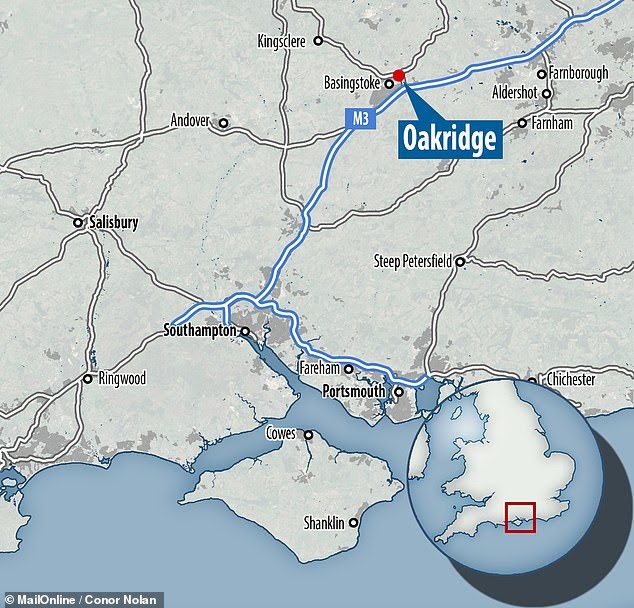
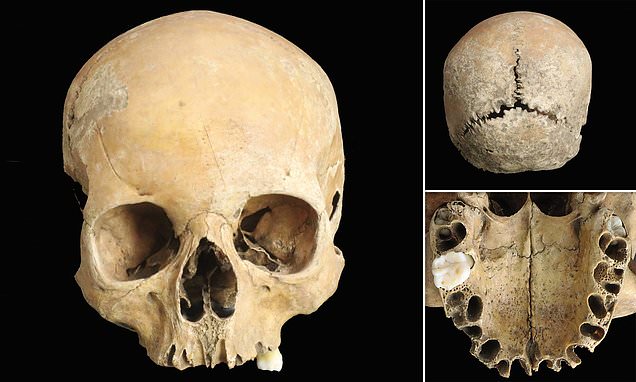
Anglo-Saxon teen had her nose and lips cut off in a grisly punishment
Unearthed in Oakridge, Hampshire, the remains have been dated back to around 776-899 AD - predating written accounts of this gruesome form of punishment.
Last edited:

